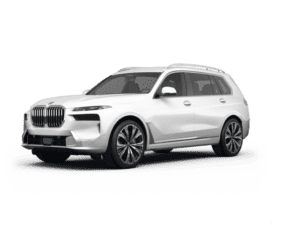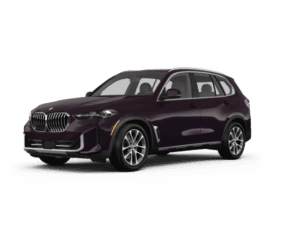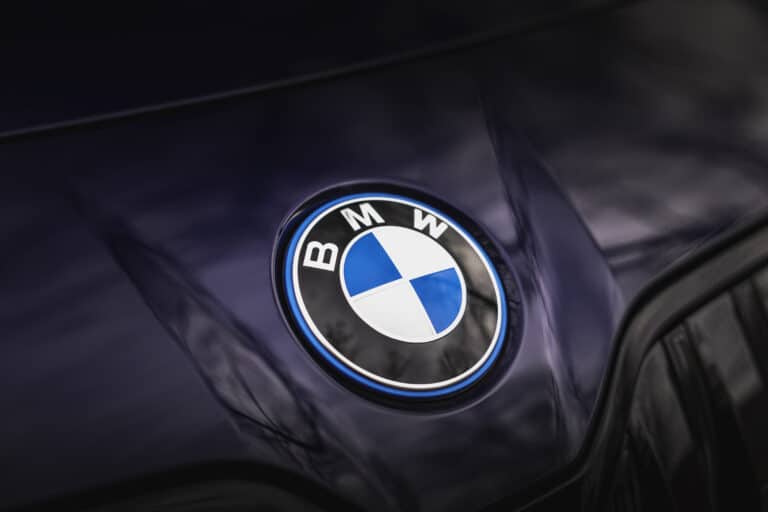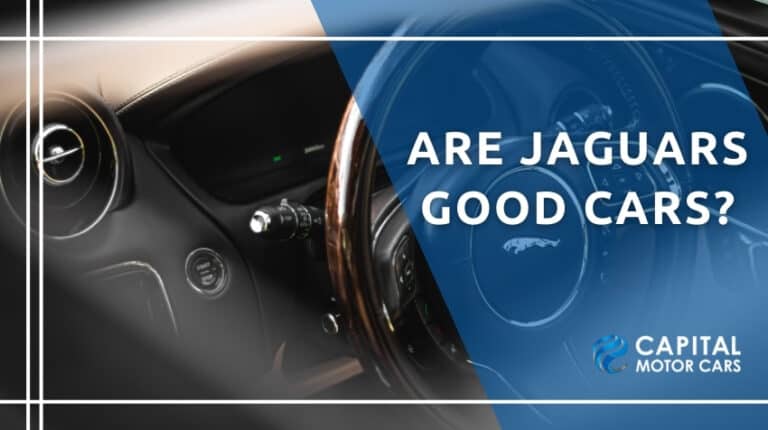Car rim size refers to the diameter of the metal wheel that holds the tire in place. While it may seem like a minor detail, choosing the right rim size can significantly optimize your overall driving experience.
Jump To Section
The wheel size, which includes both the tire and rim, affects various aspects of your car’s performance. From handling and responsiveness to ride comfort and aesthetics, the right rim size can make a noticeable difference. That’s why it’s essential to understand how to determine and choose the appropriate rim size for your vehicle.
If you’re considering a rim upgrade to boost your car perfectly or simply need to replace a damaged wheel, this article will help you learn how to read your tire to find the right rim size. We will also explain the distinction between wheel size and rim size, decode the numbers associated with wheel size, and explore how different rim sizes can impact your driving experience. Let’s dive in.
Why Change Your Wheels?
As a car enthusiast looking to personalize your vehicle or a practical driver looking to improve performance or functionality, changing your wheels can offer a range of benefits. Here are some common reasons why people choose to change their car’s wheels:
1. Improving Aesthetics
One of the most popular reasons for changing wheels is to enhance the overall appearance of a car. Upgrading to stylish rims can instantly transform the look of your vehicle, giving it a more aggressive, sporty, or refined appearance. With a wide range of designs, finishes, and sizes available, you can find wheels that perfectly match your style and make your car stand out from the crowd.
2. Enhancing Performance
Wheels play a critical role in a car’s performance characteristics. Upgrading to lightweight alloy wheels can reduce unsprung weight, improving acceleration, braking, and overall handling. Also, wider wheels can provide increased traction, especially during cornering, allowing for better grip and stability.
3. Accommodating Different Tire Sizes
Changing wheels can also allow you to fit different tire sizes on your vehicle. This flexibility can be beneficial if you want to switch to tires that are better suited for specific weather conditions, such as winter tires for improved traction on snow and ice. Some drivers may prefer larger or smaller tires for specific driving purposes, such as off-roading or maximizing fuel efficiency.
4. Repairing Damaged Wheels
If your current wheels are damaged due to potholes, curbs, or accidents, replacing them is a practical necessity. Damaged wheels can compromise the strength and shape of your tires, thus affecting your vehicle’s performance and safety.
How to Read Your Tire and Find Your Car Rim Size
Reading the tire sidewall markings and finding the rim size information can be a bit overwhelming at first, but with a little guidance, it becomes a straightforward process. Here’s a step-by-step on how to tell what car rim size you have and read your tire, even without a rim size chart:
Step 1: Start by examining the side of your tire, known as the sidewall. This is the outer part of the tire that faces outward when mounted on the wheel.
Step 2: On the sidewall, you’ll find a combination of letters, numbers, and symbols that represent the tire size. The code typically follows a standardized format, such as P215/65R15 or 225/50ZR17. This code contains valuable information, including the rim size.
Step 3: Identify the rim diameter. The rim size is denoted by the last number in the tire size code. It represents the diameter of the rim in inches. For example, in the code P215/65R15, the rim size is 15 inches. In the code 225/50ZR17, the rim size is 17 inches.
Step 4: Alongside the tire size code, you may notice additional markings on the sidewall. These markings can provide further information about the tire’s load capacity, speed rating, construction type, and other specifications. While these details are useful, for determining the rim size, focus on the number that represents the rim diameter.
Step 5: Once you have identified the rim size based on the tire size code, it’s essential to double-check and confirm it. You can do this by physically measuring the diameter of the rim with a tape measure.
Place the tape measure across the center of the rim, from one edge to the opposite edge, passing through the center. The measured value should match the rim size indicated by the tire size code.
If you have any doubts or difficulties interpreting the sidewall markings, don’t hesitate to speak to a tire professional who can provide assistance and guidance.
Is Wheel Size the Same as Car Rim Size?
While the terms “wheel size” and “rim size” are often used interchangeably, there is a distinction between the two. Let’s see below:
Wheel Size
The wheel size refers to the overall diameter of the tire and rim combined. It represents the measurement from one end of the tire’s outer edge to the other end, including both the tire and the rim. It is commonly expressed in inches, such as 15 inches or 17 inches. When people refer to the wheel size, they are considering the complete assembly of the tire and the rim.
Rim Size
On the other hand, the rim size specifically refers to the diameter of the rim itself. It is the measurement of the metal wheel that holds the tire in place. Rim size is commonly expressed in inches, such as 14 inches or 18 inches. When selecting rims or discussing rim size, it pertains solely to the diameter of the wheel.
How Your Wheel Size Can Change Your Driving Experience
Here’s a table that illustrates the impact of different wheel sizes on various aspects of your driving experience:
| Aspect | Larger Rim Sizes | Smaller Rim Sizes |
| Performance | Improved handling and responsiveness | Enhanced agility and comfortable ride |
| Acceleration | Increased traction and launch performance | Slightly improved responsiveness |
| Braking | Better braking power and heat dissipation | Slightly compromised braking performance |
| Cornering | Enhanced grip and stability during aggressive maneuvers | Nimble handling and improved maneuverability |
| Fuel Efficiency | Potential decrease due to added weight and wider tires | Potential increase due to reduced rolling resistance |
| Ride Comfort | Slightly heavier steering feel, potential harshness | Enhanced comfort due to tire sidewall cushion |
Finding the right balance between style, performance, and comfort is key when selecting the appropriate wheel size for your driving preferences and needs.
When considering changing your car’s wheels, it’s important to strike a balance between aesthetics and functionality. Carefully research and choose wheels that not only complement your vehicle’s appearance but also meet your specific performance requirements. Whether you’re looking to turn heads on the road or enhance your driving dynamics, changing your wheels can be a rewarding decision.
To ensure proper fitment, tire compatibility, repaired bent rim, and overall improvement of your vehicle performance, contact us today.









